Publisher's Weekly - June 3, 2022
Rabbi Ruben’s beloved synagogue is warm, welcoming—and in serious need of renovation. “Its sunny sanctuary had such drafts that at last Friday evening’s service, the Shabbat candles flickered once, flickered twice, and then blew out!” writes McGinty (The Water Lady) in warm prose. The rabbi, who reads as white, decides he’s the “Y” in DIY and waves off all help, but his repairs—he uses challah dough to plug a leaky faucet—fall far short. With the synagogue even more of a mess than before, the congregants gently remind their rabbi that if a synagogue is indeed “just like home,” then it’s their home, too, and that “helping,” “sharing,” and “caring” is everyone’s responsibility. After a week of their working together, the synagogue is as good as new, and the Shabbat candles burn “bright and strong.” Molk’s (There Might Be Lobsters) mixed-media art portrays an exuberantly participatory community of people with varying body types and skin tones, and kids who evince as much a sense of ownership as the grown-ups. Final scenes set in the glow of the Shabbat candles have a quiet, profound beauty: deep faith, immense joy, and unshakable belonging radiate from the pages. Ages 4–8.
School Library Journal
PreS-Gr 2–McGinty (Bathe the Cat) tells the story of Rabbi Ruben and his valiant efforts to maintain his not-so-new synagogue. With a leaky sink, squeaky library floors, and drafty windows, Rabbi Ruben has a challenge on his hands. On Friday, before the start of Shabbat, Rabbi Ruben decides to fix everything as a gift to his congregation. But a handyman Rabbi is not. He uses tablecloths to fix the drafty windows, a hammer to pound the floor into sitting straighter, and employs a piece of raw challah to fix the leaky sink. After the service that evening, the congregation can’t help but notice the tablecloth-sealed windows or the fountain spray of water when the challah gives way. Following their Sabbath rest, the congregation comes together to use their various areas of expertise, and everyone pitches in to refurbish and polish their synagogue. Molk’s illustrations capture Jewish traditions in vibrant watercolor style through mixed media and are finished digitally. The artwork brings to life the water, light from the candles, and humor in the repairs. A glossary of terms, pronunciation, and definitions is included. VERDICT Art and story are infused with elements of Jewish tradition in a way that is accessible to all readers and listeners, regardless of faith. Highly recommended for purchase.–Sarah Sieg
A Synagogue Just Like Home
August, 2022, Candlewick Press, illustrated by Laurel Molk

P.J. Library Selection
Reviews
Kirkus - June 1, 2022
A shul’s congregants renew their temple.
Rabbi Ruben loves his synagogue, a place he believes should feel like “a happy home.” When he discovers a kitchen sink leaks, library floorboards creak, and sanctuary windows permit drafts, he springs into repairman mode, wanting to put things to rights as a Shabbatgift for his flock. With trusty toolbox and dog in tow, the rabbi attempts repairs and comes up with some ingenious ideas—e.g., stuffing challah dough into the faucet to stanch the leak. At first, Rabbi Ruben’s efforts seem to pay off, Friday night services proceed, and the rabbi is rightly proud, but then, alas, his skills as a spiritual leader prove to outshine those of a general contractor. After services, numerous congregation members—particularly women and kids—pool their know-how and pitch in to do the repairs correctly, confirming Rabbi Ruben’s theory that a synagogue, like a home, is for helping, sharing, and caring (crucial when a watery near disaster occurs). Happily, the following Friday night’s services take place without problems—or more fix-its. This warm, humorous tale is ably supported by lively mixed-media, digitally finished illustrations that affirm the story’s guiding principles of collaboration and cozy hominess. Rabbi Ruben is light-skinned; congregants are diverse in terms of skin tone and age. Jewish audiences will appreciate familiar details in text and art, but the important message about the spirit of togetherness is universal.
A delightful testament to the power of community. (glossary) (Picture book. 5-8)
Foreword
Giggle and groan as Rabbi Ruben works to repair his aging synagogue in creative, if not wholly effective, ways—patching leaks with challah dough and creaking loudly through a library while a woman studies the Torah, for example. This lighthearted tale with dazzling, diverse illustrations winks to its audience (“I’ll be quiet as a deli on Yom Kippur”) as it delivers a quiet message about the value of working together to make our shared spaces bright.

